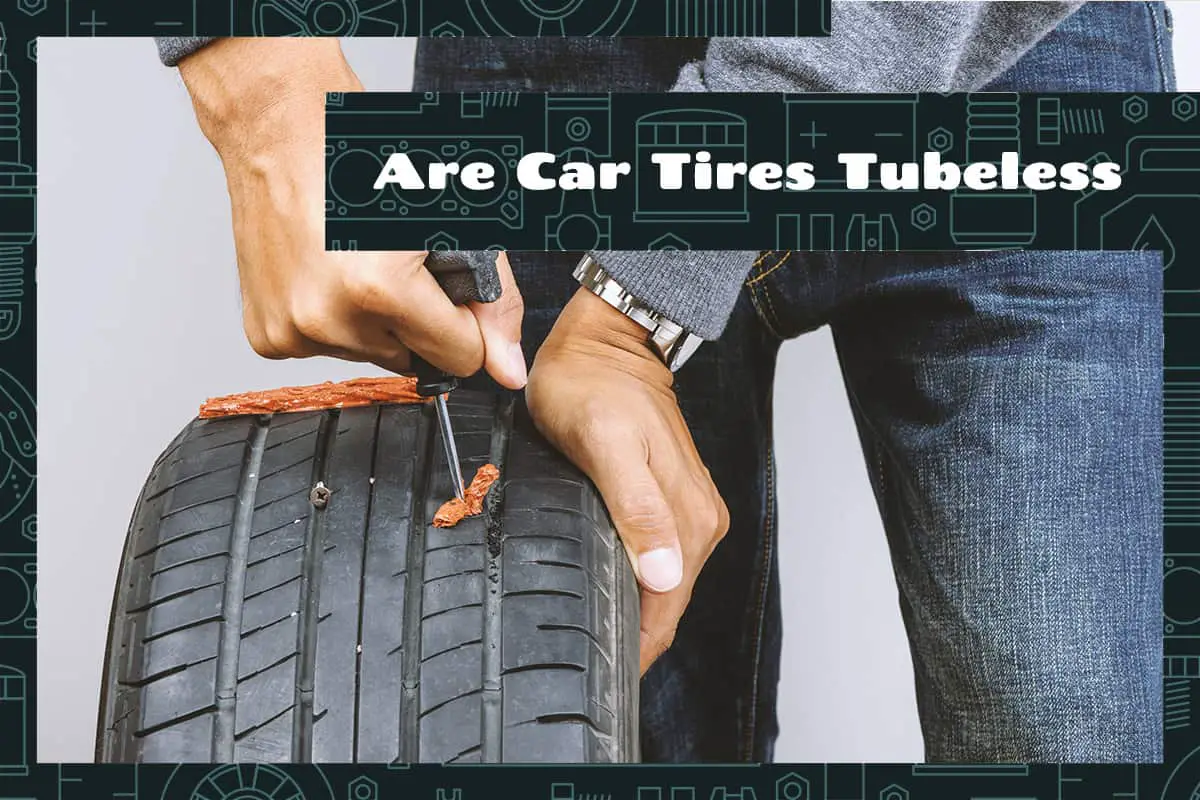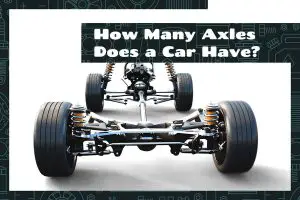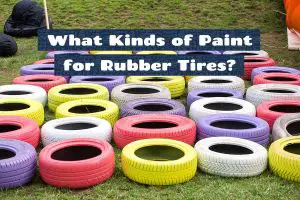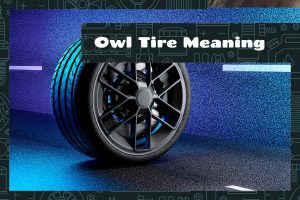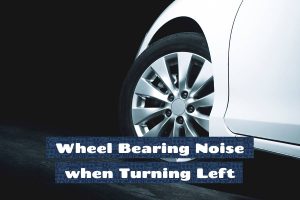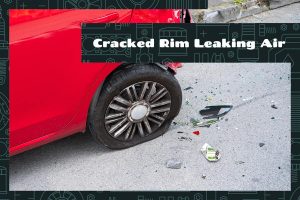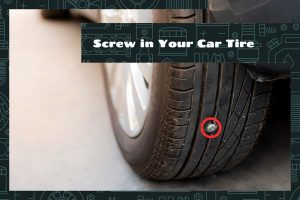For decades, the automotive world has seen numerous advancements, with car tires being no exception. From their initial designs to modern iterations, tires have undergone remarkable transformations.
In today’s automotive landscape, most car tires are indeed tubeless. Unlike traditional tires which contain an inner tube, tubeless tires eliminate this component, sealing air directly between the tire and rim. This design difference offers a range of benefits including improved safety and puncture resistance.
This guide will go into the specifics of tubeless tires, their advantages, and how they compare to their tubed counterparts.
Basics of Car Tires
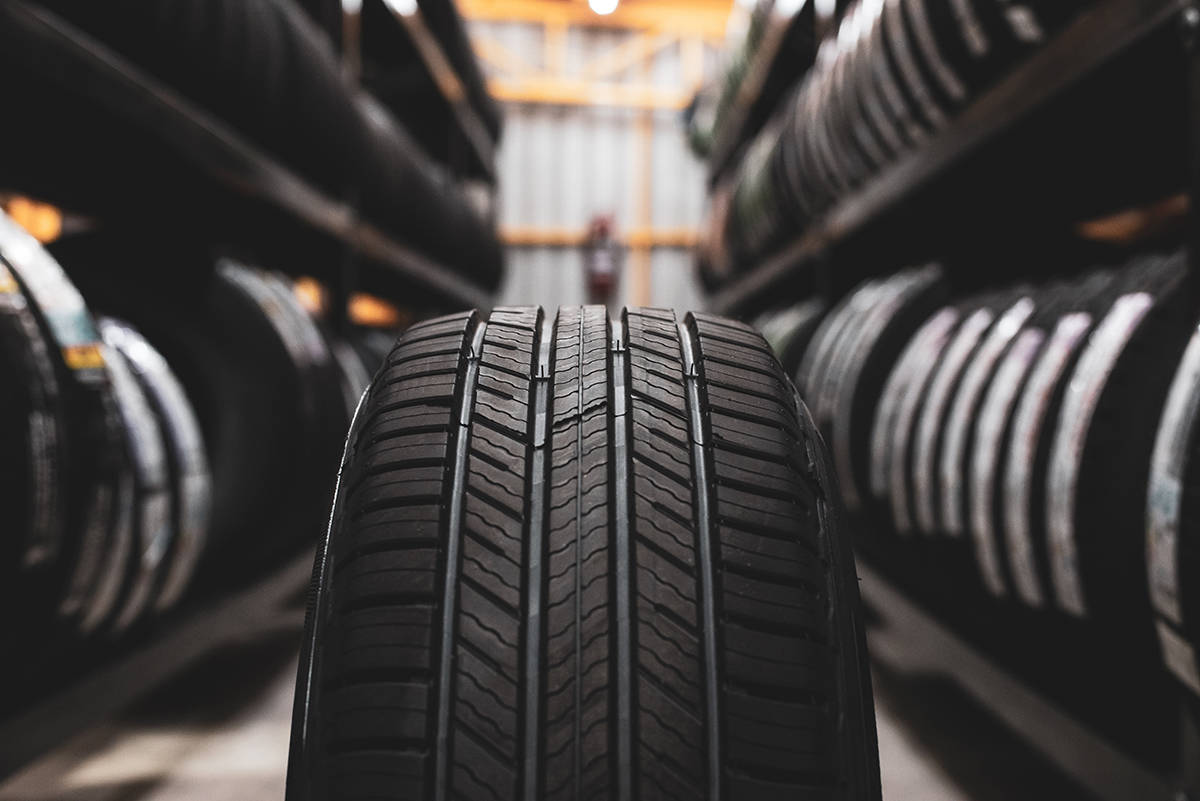
Car tires, often made of rubber compounds, are the vehicle’s contact point with the road. Designed to support the vehicle’s weight, they play a pivotal role in safety, performance, and fuel economy. Modern tires have layers, called plies, for added strength.
Anatomy of a Tire
The main components of a tire include the tread, sidewall, and bead. The tread provides grip, especially in challenging conditions like rain or snow. Deep tread patterns disperse water, reducing hydroplaning risks. The sidewall, the side portion of the tire, offers stability, while the bead ensures a secure fit on the wheel rim.
Role of Air Pressure in Tires
Air pressure in tires impacts driving performance. Properly inflated tires offer optimal grip and longevity, reducing wear patterns. Overinflation can make the tire rigid, leading to uneven wear, while underinflation may cause it to over-flex, increasing the risk of blowouts. Checking air pressure monthly with a gauge promotes even tire wear and safe driving.
Traditional Tires: A Peek into the Past
Before the rise of modern tubeless variants, traditional or “tubed” tires dominated the roads. These tires housed an inner tube, which held the air, nestled inside the outer rubber tire.
How Tube Tires Worked
Tubed tires consisted of two main parts: the outer casing and the inner tube. The outer casing provided the tire’s structure, while the inner tube was responsible for retaining air. When inflating these tires, air was pumped directly into the inner tube, allowing the tire to maintain its shape and firmness on the road.
Common Problems with Tube Tires
While tubed tires served their purpose, they came with challenges. Punctures, for instance, could result in sudden deflation, making them riskier in case of sharp object penetration. Heat buildup was another concern.
As tires rolled, the friction between the inner tube and the casing generated heat, which, if excessive, could compromise tire integrity. Also, fixing a flat required extracting and patching the tube or replacing it altogether, a process more tedious than repairing today’s tubeless tires.
How Tube Tires Worked
Tubeless tires, as the name suggests, operate without an inner tube. Instead, they rely on a tight seal between the tire’s bead and the wheel rim, so they are resilient to many common road hazards.
The Inner Lining of Tubeless Tires
Tubeless tires feature a special inner lining made of impermeable materials like butyl rubber. This lining replaces the need for an inner tube, acting as a barrier to retain air inside the tire. Its presence enhances the tire’s ability to hold air consistently, offering a smoother ride.
The Principle of Sealing: Bead and Rim Interaction
A vital component of tubeless tires is the bead, a reinforced edge that sits snugly against the wheel rim. When the tire is inflated, the bead creates an airtight seal with the rim. This sealing mechanism is what keeps the air from escaping.
Even if a sharp object like a nail pierces a tubeless tire, the loss of air is typically gradual, which allows drivers more time to address the issue safely. This tight bond between the bead and rim, coupled with the inner lining, gives tubeless tires their distinct advantage over traditional tubed variants.
Benefits of Tubeless Tires
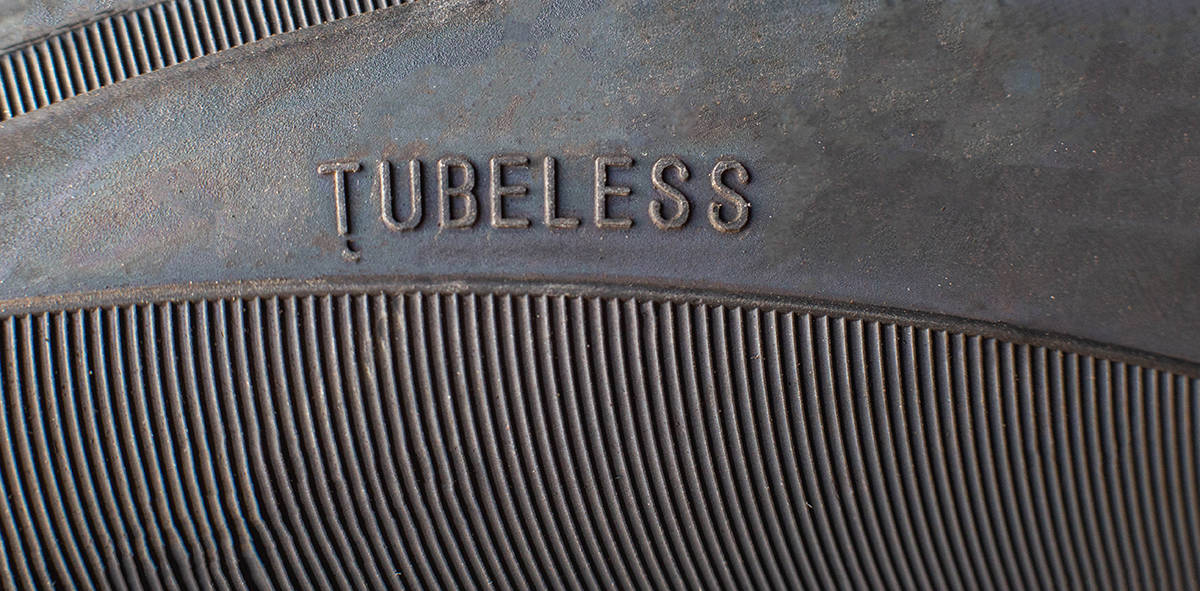
Tubeless tires offer several advantages over their tubed counterparts, enhancing the overall driving experience.
1. Enhanced Safety Features
Without an inner tube, the risk of sudden deflation or blowouts decreases significantly. When punctured, tubeless tires lose air gradually, giving drivers more reaction time to handle the situation.
2. Improved Fuel Efficiency
With optimal air retention, tubeless tires maintain consistent pressure, leading to reduced rolling resistance. This can contribute to better fuel consumption rates for vehicles.
3. Longer Lifespan and Reduced Wear
Uniform air distribution in tubeless tires minimizes uneven wear patterns, potentially extending their usable life.
4. Puncture Resistance and Repair Simplicity
The unique structure of tubeless tires makes them less prone to punctures. And if they do get pierced, the repair process is often more straightforward than fixing an inner tube.
Drawbacks and Concerns
While tubeless tires offer numerous benefits, they also come with certain considerations.
1. Initial Cost Considerations
Tubeless tires can be more expensive initially compared to traditional tubed tires. Think of them as an investment—while they’re upfront costs can be pretty steep as opposed to traditional tires, they have several money-saving features, as listed above.
2. Limitations in Extreme Conditions
In extremely cold temperatures, the seal between the tire bead and rim might weaken. This will inevitably lead to a loss of air pressure.
3. Repair Concerns and Misconceptions
Some believe that tubeless tires cannot be repaired after a puncture, which isn’t true. However, the repair process, while simpler, must be done correctly to maintain the tire’s integrity. Incorrect repairs can compromise safety.
Comparing Tube and Tubeless Tires
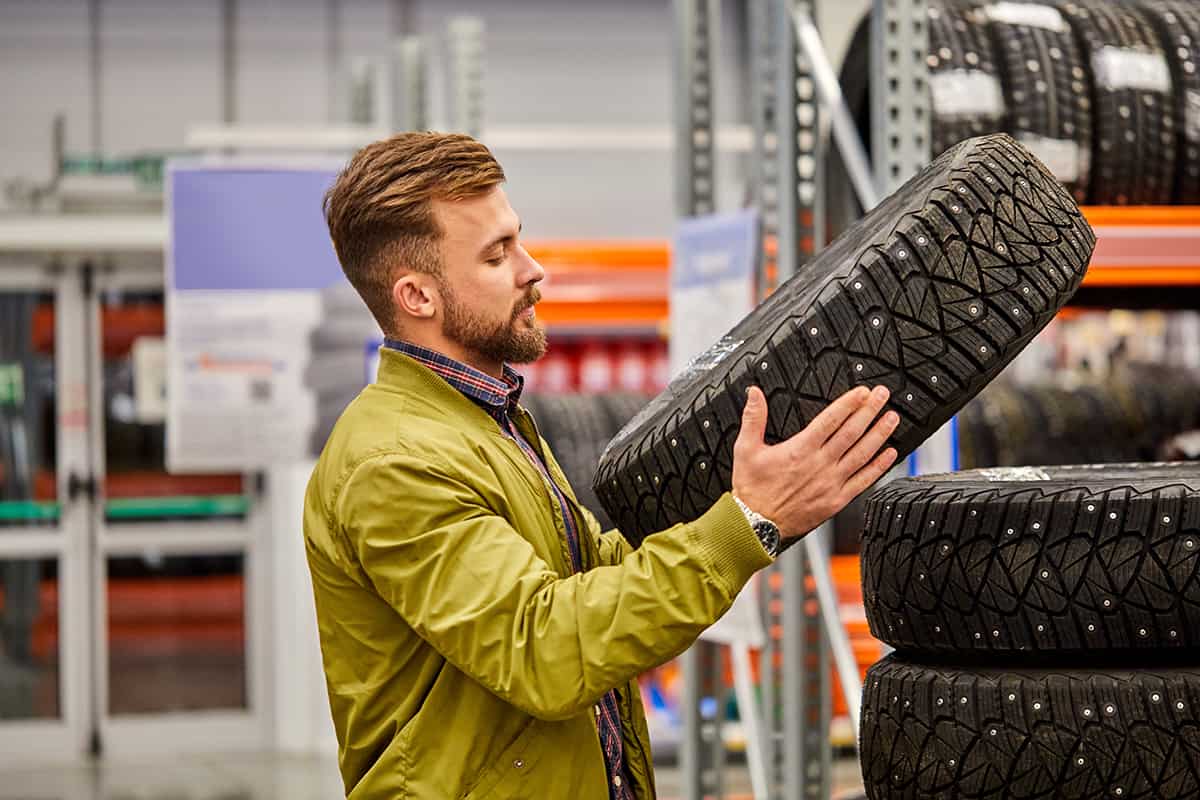
The following comparison will help you if you’re on the fence about investing in a set of tubeless tires.
Performance Differences
Tube Tires: These tires contain an inner tube, which is inflated to provide structure and support. The presence of this tube means that the tire’s performance is heavily influenced by the tube’s quality. A high-quality tube can enhance ride comfort, but even the best tubes are susceptible to rapid deflation when punctured.
Tubeless Tires: Operating without an inner tube, these tires rely on the seal between the tire and rim. Their performance benefits include a steadier ride and improved handling, as they tend to lose air slower than tube tires when faced with a puncture.
Cost Over the Lifespan of the Tire
Tube Tires: While often cheaper initially, the maintenance costs for tube tires can add up. Replacing or repairing tubes, especially after punctures, can be both time-consuming and costly.
Tubeless Tires: Though they might have a higher upfront cost, the long-term savings can be substantial. With a decreased risk of sudden deflation and the ability to self-seal minor punctures, the need for repairs and replacements might be less frequent.
Maintenance and Repair Contrasts
Tube Tires: Maintenance involves regular checks of both the tire and the inner tube. Punctures usually mean either patching the tube or replacing it altogether. This process can be time-consuming and often requires professional intervention.
Tubeless Tires: Maintenance mainly involves monitoring tire pressure, as there’s no inner tube to worry about. When punctures occur, they can often be fixed with a simple patch on the tire’s exterior—a process that’s quicker and more straightforward.
Aesthetics and Design Flexibility
Tube Tires: Typically, these tires have a more traditional appearance, which might be preferred for restoring classic cars or achieving a vintage look. However, design options might be more limited due to the need to accommodate the inner tube.
Tubeless Tires: Modern cars commonly sport tubeless tires, which offer more design flexibility. Manufacturers can experiment with different tread patterns, sidewall designs, and materials without the constraints of an inner tube.
Response to Punctures
Tube Tires: A sharp object can result in immediate and rapid air loss. This sudden deflation can be dangerous, especially at high speeds, as it can lead to loss of vehicle control.
Tubeless Tires: When punctured, they lose air gradually. This slower rate gives drivers more time to react and either pull over safely or reach a service station.
